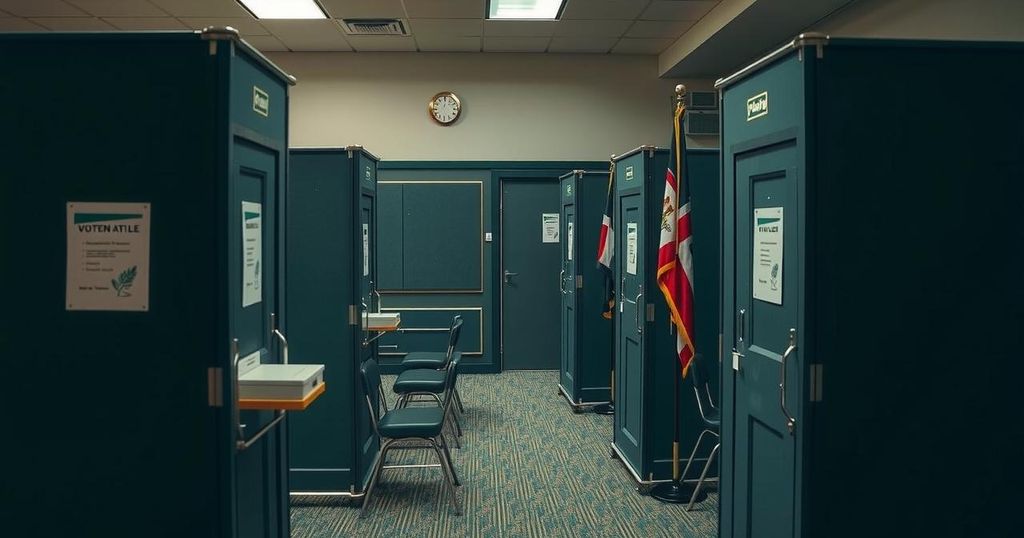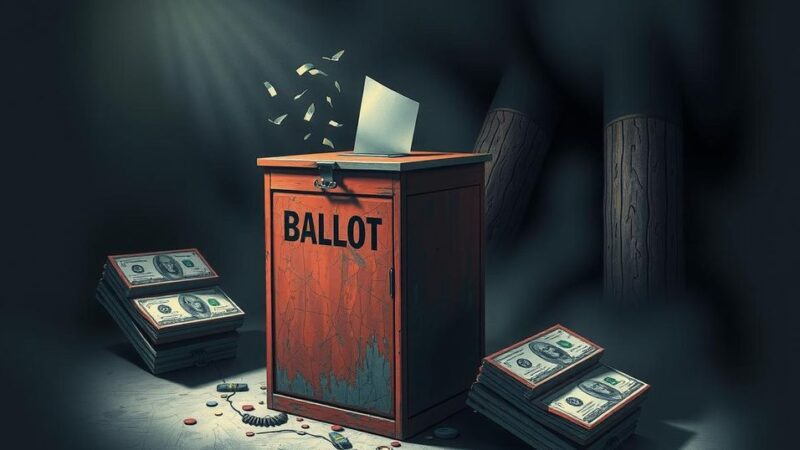Ireland is holding a critical parliamentary election on November 28, 2024, amid significant social upheaval influenced by rising living costs and a housing crisis. The election features traditional parties Fine Gael and Fianna Fail, alongside Sinn Fein, which seeks to capitalize on its growing support despite exclusion from government. The outcome is likely to result in another coalition, reflecting the fractured political landscape.
On November 28, 2024, polls opened for a consequential parliamentary election in Ireland, where voters will choose from 174 candidates to determine the next government. This election occurs in a context marked by a global pattern of incumbents facing electoral defeats due to widespread dissatisfaction stemming from the pandemic and rising living costs. Early polling indicated that support among voters was evenly distributed across five main groups, including the traditional powerhouses Fine Gael and Fianna Fail, as well as the rising Sinn Fein party, alongside several smaller parties and a number of independent candidates.
The ruling coalition, composed of Fine Gael and Fianna Fail, has governed the nation after a closely contested election in 2020 led to a coalition arrangement—an unprecedented move in Irish politics given their historical rivalry rooted in the civil war of the 1920s. While Fine Gael recently experienced leadership changes, Sinn Fein, which gained significant traction in the previous election, was largely excluded from government due to its leftist agenda and historical connections with the IRA.
Core issues shaping voters’ decisions include the affordable housing crisis and immigration challenges, as Ireland grapples with an acute housing shortage exacerbated by past failures to construct adequate housing and a surge in immigration, including over 100,000 Ukrainian refugees. As homelessness increases and social tensions rise over the housing of asylum-seekers, there has been a notable shift in public sentiment regarding immigration, impacting Sinn Fein’s popularity among its working-class base.
As the election unfolds, analysts speculate that the most probable outcome will be a continuation of the Fine Gael-Fianna Fail coalition supported by smaller parties or independents, despite Fine Gael’s recent missteps during the campaign. Results are anticipated to emerge following the closing of polls at 10 PM on November 28, with ballot counting commencing the next morning, potentially leading to some delays in the formation of a new government.
Ireland’s political landscape is shaped by a history of competition between the two main parties, Fine Gael and Fianna Fail, stemming from their origins amidst the civil war of the early 20th century. Following an evenly contested election in 2020, these parties formed a coalition government, which has somewhat stabilized their long-standing rivalry but also highlights the significant role of Sinn Fein, which surged in popularity during that election. Current societal issues, including a housing crisis and immigration challenges, add complexity to voter preferences and the political climate surrounding the election. Public sentiment is increasingly influenced by economic concerns, particularly the cost of living, underscoring the electorate’s priorities heading into this election.
The Irish parliamentary election of November 28, 2024, stands as a pivotal moment for determining the future direction of the country. As voters navigate through pressing issues such as the housing crisis and immigration while weighing their options among traditional and emerging political forces, expectations lean towards a probable continuation of the coalition between Fine Gael and Fianna Fail. The evolving political dynamics, marked by Sinn Fein’s rise and public sentiment on critical issues, will shape the next phase in Irish governance after the election results are finalized in the coming days.
Original Source: apnews.com






